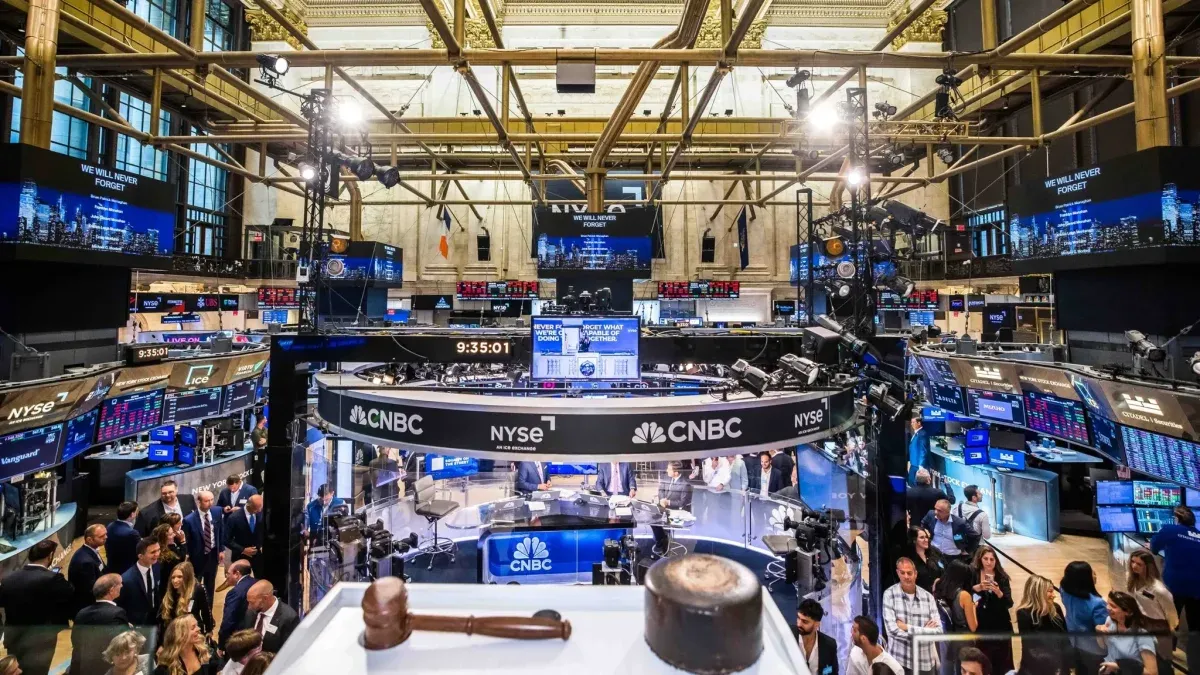The challenge of the “crawling peg” and “residual inflation”
With inflation approaching 3% monthly, the market estimates that the government could lower the crawling peg to levels close to 1.6%-1.8%, in line with expectations of a sustained slowdown in the price index. to the consumer. This strategy, which would also reduce the prices of tradable goods, could contribute to lower general inflation, although the “residual inflation” should stabilize around the devaluation rate of the “crawling peg” before taking that step.
The recent drop in the rates of Treasury Bills (Lecaps) has reduced the differential between the official exchange rate and the interest rate, reducing incentives to liquidate export pre-financing. This could take pressure off the need to adjust the exchange rate daily and would allow the BCRA to lower the pace of the “crawling peg” without significantly affecting reserves.
However, the risk of a lagging exchange rate remains latent. Although the “crawling peg” at 2% monthly has prevented sharp movements in the official exchange rate, some economists fear that a premature reduction will deepen the exchange rate lag, making it difficult to recover export competitiveness and putting pressure on long-term reserves. .
Exchange delay: a risk that cannot be ignored
Although inflation appears to be under control in the short term, the exchange rate delay remains a central concern. According to data from the multilateral real exchange rate (TCRM), the Argentine peso is appreciated compared to levels from a year ago; as of November 4, 2024, the TCRM is located at 82.01 compared to 86.10 12 months ago, which could generate pressures on the export sector and increase demand for imports in the future. Argentina’s past experience has shown that a fixed or excessively controlled exchange rate can result in a loss of competitiveness, with detrimental consequences for the trade balance and international reserves.
buteler.jpg
The exchange rate delay is a double-edged sword that can bring stability in the short term, but at the cost of greater vulnerability to external shocks and a growing risk of sudden adjustments in the future. Argentina’s experience in recent years suggests that the country needs a more flexible exchange rate to avoid accumulated imbalances and preserve the competitiveness of its exports.
Conclusion: the crossroads of the Central Bank
The Central Bank is in a complex position, between the need to maintain price stability and the pressure to avoid an exchange rate delay that could generate problems in the medium term. The strategy of gradually reducing the crawling peg can help control inflation, but it also poses the challenge of managing market expectations and avoiding over-adjustment of the exchange rate.
As the government moves closer to making crucial decisions on foreign exchange policy, analysts agree that a prudent approach, combining Moderate adjustments to the crawling peg with sustained reserve accumulation could be the best option to balance short-term stability with long-term sustainability. Ultimately, complete exchange rate liberalization appears to be an inevitable necessity, and the key will be to avoid an abrupt adjustment that destabilizes the economy along the way.
Source: Ambito
I am a 24-year-old writer and journalist who has been working in the news industry for the past two years. I write primarily about market news, so if you’re looking for insights into what’s going on in the stock market or economic indicators, you’ve come to the right place. I also dabble in writing articles on lifestyle trends and pop culture news.




